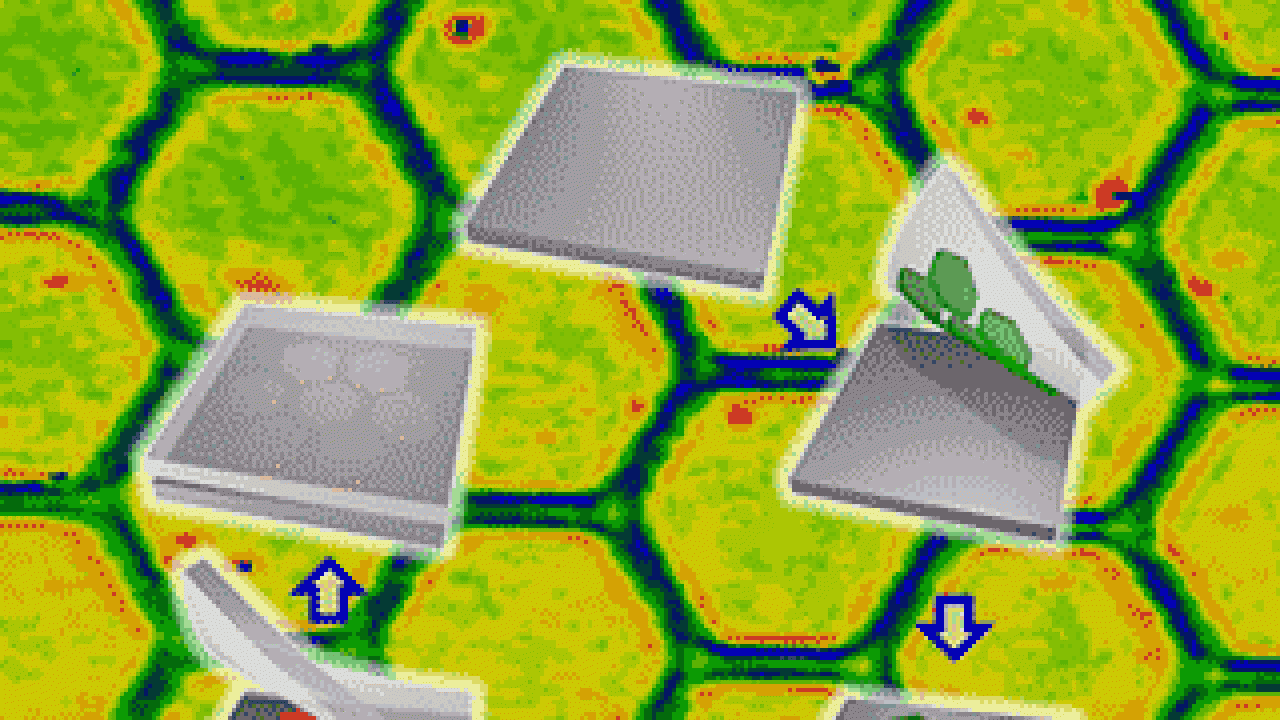Engineers at the University of California, Davis, have invented a superthin “nanoglue” that could be used in new-generation microchip fabrication.
“The material itself (say, semiconductor wafers) would break before the glue peels off,” said Tingrui Pan, professor of biomedical engineering. He and his fellow researchers have filed a provisional patent.
Conventional glues form a thick layer between two surfaces. Pan’s nanoglue, which conducts heat and can be printed, or applied, in patterns, forms a layer the thickness of only a few molecules.
The nanoglue is based on a transparent, flexible material called polydimethylsiloxane, or PDMS, which, when peeled off a smooth surface usually leaves behind an ultrathin, sticky residue that researchers had mostly regarded as a nuisance.
Pan and his colleagues realized that this residue could instead be used as glue, and enhanced its bonding properties by treating the residue surface with oxygen.
The nanoglue could be used to stick silicon wafers into a stack to make new types of multilayered computer chips. Pan said he thinks it could also be used for home applications — for example, as double-sided tape or for sticking objects to tiles. The glue only works on smooth surfaces and can be removed with heat treatment.
The journal Advanced Materials published a paper on the work in December. Pan’s co-authors: graduate students Yuzhe Ding and Shaun Garland, postdoctoral researcher Michael Howland and Professor Alexander Revzin, all of the Department of Biomedical Engineering.
The National Science Foundation supported the work.
Media Resources
Andy Fell, Research news (emphasis: biological and physical sciences, and engineering), 530-752-4533, ahfell@ucdavis.edu
Tingrui Pan, Biomedical Engineering, 530-754-9508, trpan@ucdavis.edu
